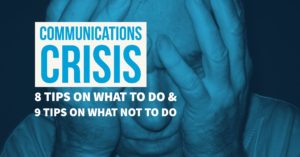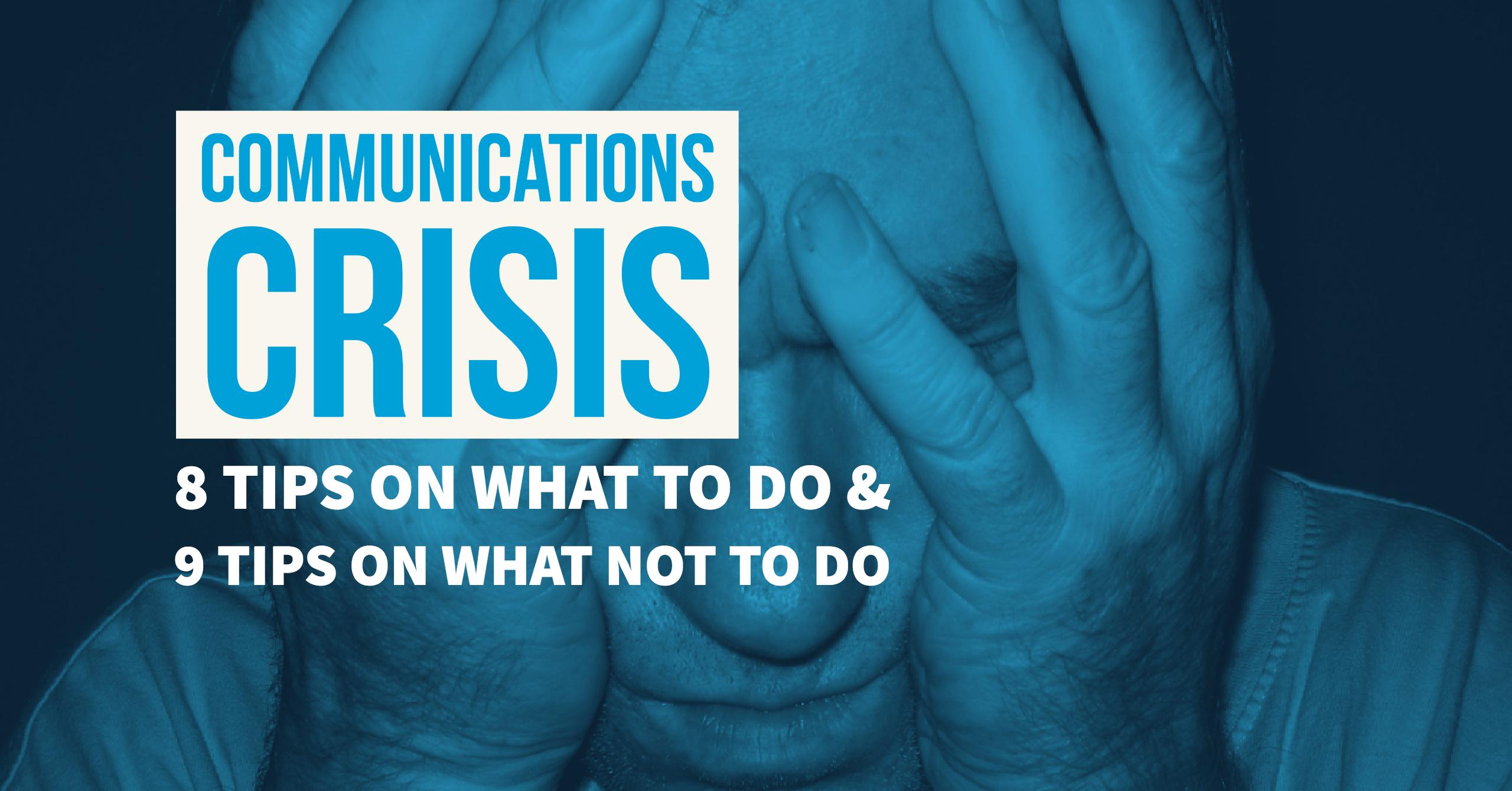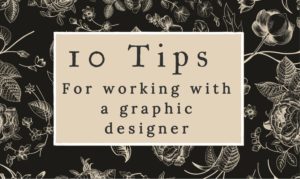Last updated August 2017

Every year I watch in amazement as a few organizations and a few celebrities stumble into a communications crisis in the media. My amazement isn’t over the incidents that triggered the crisis’, though many of them would certainly give you pause, but rather over the way the crisis’ is managed.
The reaction from the train company, Montreal, Maine & Atlantic Canada Co. (MMA) after their runaway train caused a massive explosion that devastated the town of Lac-Megantic in 2013 was shocking in its ineptitude. As everyone from the Canadian Prime Minister to Quebec’s Premier rushed to the scene to express their condolences, the CEO from MMA was notably absent. Almost off the bat, the company started to point fingers of blame, particularly at the local fire department and although they softened their tone in subsequent communications, perceptions were set. They followed through by being slow in providing financial support and to cap their self-destructive public relations campaign, the CEO suggested that he too was a victim of the disaster.
Right around the same time MMA was self-destructing, Paula Deen, a popular television chef, was accused of racism. She did an amazing job of illustrating why saying you’re sorry is easier and smarter than saying, “I am what I am.”
In a similar vein, Anthony Weiner demonstrated how not to engage the press. At the risk of stating the obvious, if you’re in politics and your name is Weiner, don’t tweet pictures of your wiener. It’s like gold to the late night hosts and catnip to the press. If you do share your pictures of your wiener and you are later asked to identify it, be prepared to identify it or don’t, but be prepared to be asked.
These are just three stories, but the airlines, politicians and celebrities supply us with more on a regular basis. Given the number of stories that play out every year, it might be useful to share what to do, as well as, what not to do in a communications crisis. True crises have several elements in common, any one of which, if handled poorly, can disrupt or even destroy your best attempts at managing the situation effectively, not to mention the lasting damage that can be done to your reputation.
What to do
- Be Honest: If you are at fault, there needs to be an outward acknowledgement of the error. Excuses and self-serving messages will only further undermine public confidence.
- Be Coordinated: You need to be well organized during a crisis. This means planning and identifying whom you want on your crisis team in advance. The bigger the crisis, the more senior the spokesperson.
- Provide Explanation: Explain what happened and why it happened, even if what happened is embarrassing. If you’re not sure, share what you can.
- Give Support: Everything said should be spoken from the perspective of those injured. Language should be plain and easily understood.
- Be Apologetic: Don’t stop being apologetic for what happened. This is the last place ego needs to show up. If you are not personally involved in the incident, act as though you are or that someone you know has been affected. This is not the time to introduce “but” to your language.
- Consult: Engage experts, victims and relevant stakeholders to help you resolve the problem. Make sure there is no possibility of bias in the choices you have made. Make sure that victims are given a voice.
- Promise: Promise not to have the same or similar incidents happen in the future. Make sure that the public understands that you have set a zero tolerance policy internally.
- Restitution: This is probably the most difficult to commit to because of economic restraints, nevertheless the cost of not putting victim’s needs first and foremost will be by far more costly.
What not to do
- Show condescension or arrogance.
- Demonstrate a lack of concern or consideration.
- Ignore or minimize the impact on victims or their needs.
- Blame others or not take responsibility.
- Use inconsiderate or thoughtless language.
- Be inconsistent.
- Be unprepared.
- Miss opportunities to communicate with victims or other stakeholders.
- Create victim confusion.
Have you ever had to manage through a crisis? Do you think you would be good in one?


















